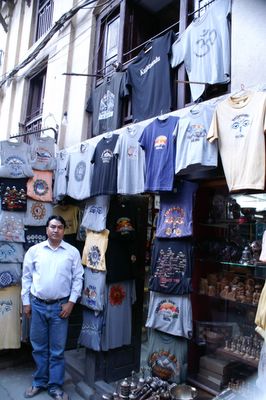

What used to be a blog about experiencing the places and cultures of the world has morphed into one of living in my adopted home of Wyoming.



1. Trekking in the Annapurna region of W. Nepal
2. Accidentally erasing all the photos from my newfangled digital camera, but have had to take the same route back from the trek, so was able to recapture a number of them.
3. The trek was meant to be a loop but was turned back due to being stopped and "bribed" by maoist rebels. Have a whiz-bang receipt of my "donation", which I have read is becoming the souvenir de riguer for trekkers in Nepal.
4. Ran into a friend here from 12 years ago, a Nepali, and have made some more local friends (the Nepalis are the friendliest people on earth) so have had to actually turn down dinner invitations at various friends' homes because I'm fully booked. How cool is that!
5. Took an Everest sunrise flight this am....let's face it, I am never going to see it like that in my life by foot. Amazing, but overpriced.
Next Stop: Koh Samui and Kho Phangon, Thailand....stay tuned for photos.



